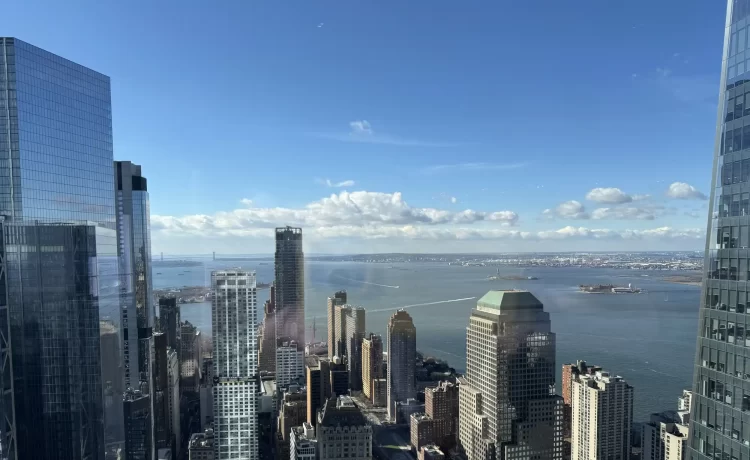One of the most powerful tools in the fight against climate change is the money sitting in investment portfolios – including the trillions of dollars invested on behalf of public retirees. That’s money that could continue to fund fossil fuel development, or help pay for climate solutions instead.
In the aftermath of Superstorm Sandy in 2012, New York City took a hard look at its investments. Since then, three of its public employee pension funds have adopted Net Zero Implementation Plans, with the goal of achieving net-zero greenhouse gas emissions across their portfolios by 2040.
“If we don’t collectively achieve decarbonization goals,” said New York City comptroller Brad Lander, “it’s not only going to cost lives, like it did in Superstorm Sandy, it’s going to cost trillions of dollars, and we’ll feel the impact of that in our funds.”
The plans include divesting from some fossil fuel companies, pressuring other companies to reduce emissions and investing billions of dollars in climate solutions. Despite criticism from some public employees, returns were 10% last year, in line with or better than other large public pension systems.
One company benefiting from the city’s investment is NineDot Energy. Wedged between an elementary school and a big box shopping center in the Northeast Bronx, NineDot Energy operates a battery farm that the city’s utility company can call on to help relieve the grid during times of peak demand. The batteries hold a combined three megawatts of battery storage, enough to power about 3,000 New York City households for four hours on a hot summer day. Last summer, according to NineDot, the batteries released power to the grid half a dozen times, reducing greenhouse gas emissions by a combined 24 metric tons. That’s the equivalent of 9,000 car trips on the Cross Bronx Expressway.
Currently, New York City has the dirtiest energy grid in the state. More than 90% of its power comes from fossil fuels. NineDot Energy is still in growth mode, but battery farms like this could eventually help the grid transition to renewable sources, like wind and solar.
This is an excerpt from the latest season of How We Survive. Listen to the full episode here.





